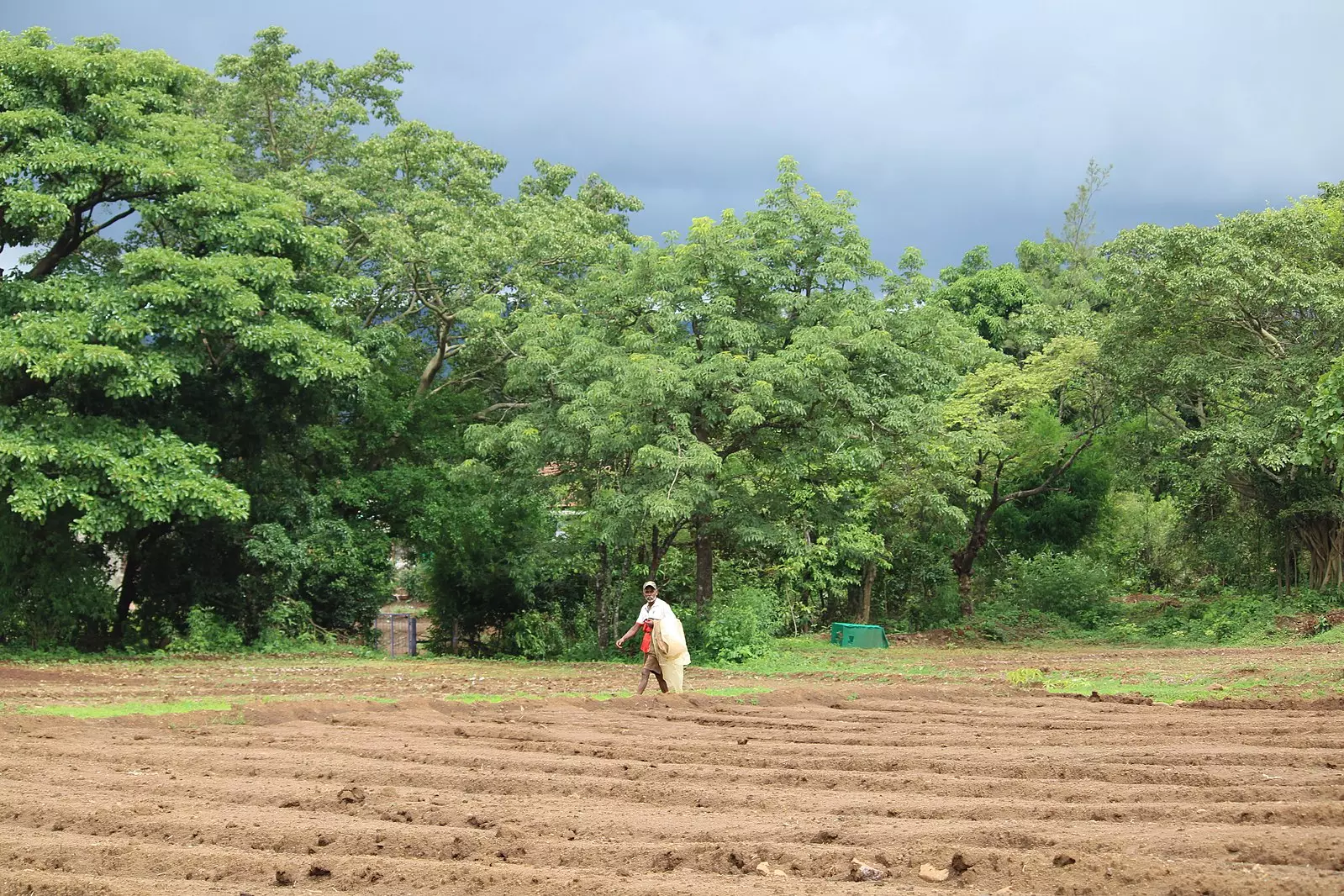Comments
- No comments found

The Guardian recently wrote an editorial on the global food crisis, stating that “countries should redirect domestic support towards sustainable farming and nutritious foods, reducing their reliance on imports.”
This view, as part of the conversation in the global food crisis, puts an amount of responsibility on the most vulnerable countries. Food generation is the minimum possible effort people should make for themselves.
There are complications with farming, as well challenges, but agricultural subsidies work.
The puzzle for many places is how does their subsidy pay for itself — sustainably with little reliance on others? There are massive amounts stipulated to be needed against world hunger this 2022, but what conclusions would the provision bear?
There are common agricultural necessities: land, seeds, irrigation, fertilizer, farm machinery, pesticides and transport to market. Land is probably available in some of the vulnerable countries for farmers, so the challenges are other factors.
There are some countries where items are more affordable in one province, but more expensive in others, showing that transport costs could be the difference. Transport is probably easily solved by pooling of trucks and buses going empty in a direction, to convey produce. It may work in some places or may not, but could be an existing way to ease that problem.
For others, how can countries provide farmers with one or two crops of their staple food? For example, say in a country the staple food is rice, maize, cassava or beans, how can the country achieve food security, food sufficiency and food sovereignty in one or two of those crops, so that no matter how poor anyone is, or how low the income is, there is at least something to eat?
Irrigation is a central factor to farming for most countries, with drought, water insecurity and reforestation gaps. If they can have thousands of drill-hole water systems paid for by their subsidy program, it could move them towards food security.
There are options to pay for agricultural subsidies without an enforced revenue system by the government. A contribution system can be powered by a private-public partnership, so that the profits will be used to subsidize one of those farming necessities for farmers of one or two crops.
If they can have this model and it matures, it is possible to ensure that whenever support is coming it meets something on the ground.
It is true that there are often emergency food needs in some countries in some situations, different from those that are often in hunger and famine crisis from time to time, which they should use sustainable agribusiness subsidy to overcome.
Leave your comments
Post comment as a guest